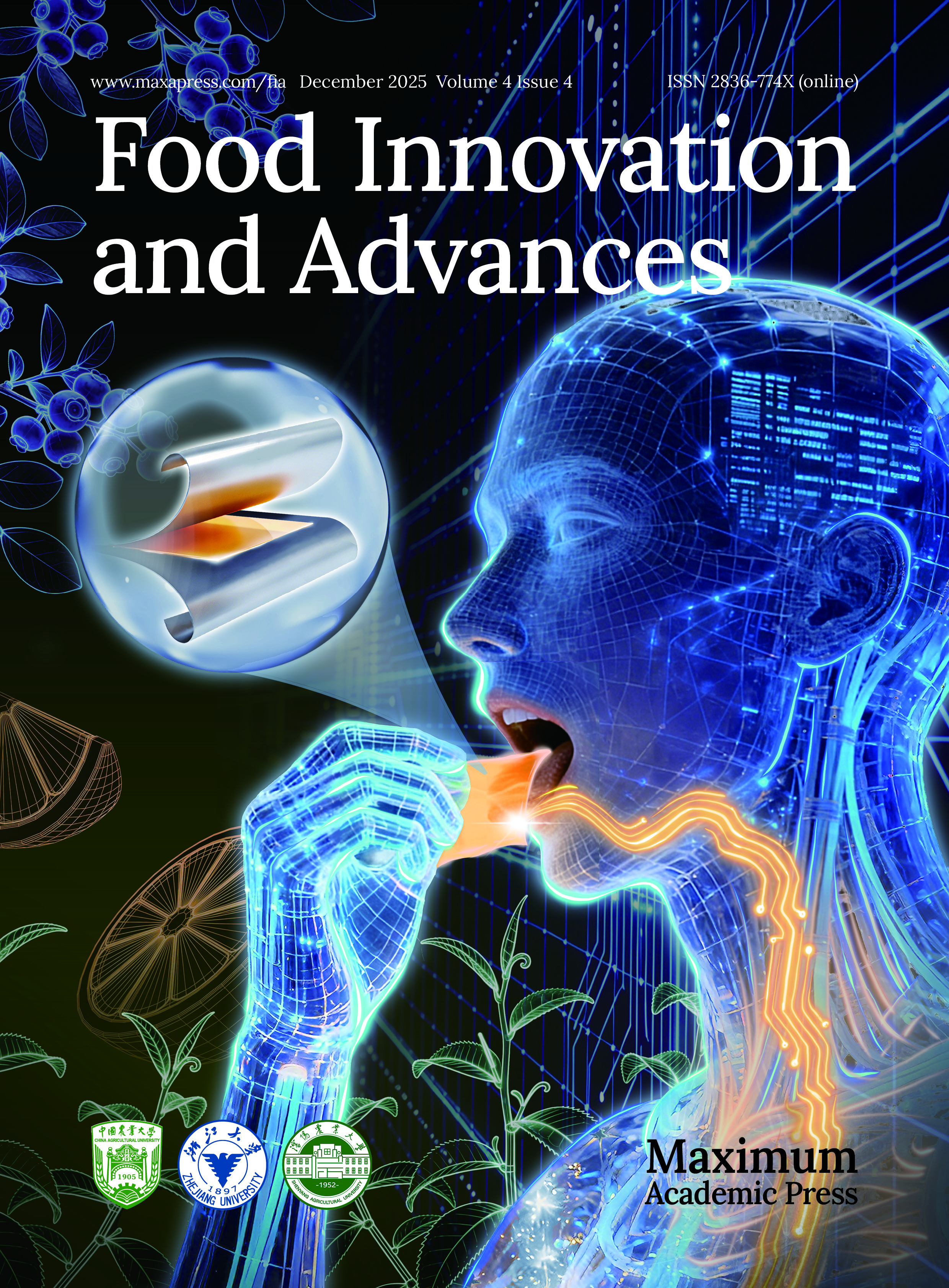-
Seagrasses are marine plants that form economically and ecologically important ecosystems in coastal seas around the world. Unlike seaweeds, another group of marine flora, seagrasses are flowering and seed-bearing plants. Globally, there are only 72 known species of seagrasses, distributed over six bioregions, spanning from the Temperate North Atlantic to the Temperate Southern Ocean[1]. This contrasts with 295,383 species of terrestrial flowering plants[2] and 225,000 species of seaweeds known to science[3]. Previous studies have demonstrated the health-promoting potential of secondary metabolites derived from seagrasses. For example, the antioxidant activities of extracts prepared from Enhalus acoroides[4] and Syringodium isoetifolium[5] were recently reported. The nutritional benefits, health-promoting potential, and phytochemicals of seagrasses were also discussed in several recent reviews[6−9].
In contrast to seagrass secondary metabolites, current knowledge of seagrass proteins and peptides is very limited. Unsurprisingly, the health-promoting potential of seagrass proteins and peptides is a knowledge gap at present. To illustrate this, a search of the Scopus database using the words 'seagrass AND protein' revealed 366 publications, in contrast with 3,651 publications when 'seaweed AND protein' were searched. The search words 'seagrass AND peptide' and 'seaweed AND peptide' revealed 22 and 367 publications, respectively. Notably, searching for 'seaweed AND bioactive peptide' led to 82 publications, but searching for 'seagrass AND bioactive peptide' led to only one publication (accessed on 10 January 2023). This suggests that, at least when compared with seaweeds, a lot of research opportunities are waiting to be taken up to better understand seagrass proteins and peptides, including exploring their bioactive potential.
The lack of protein and peptide research on seagrasses could be due to the relatively small number of known seagrass species (i.e., 72), the general lack of attention to seagrass relative to other marine organisms[10] − especially in Southeast Asia, despite its status as a seagrass biodiversity hotspot[11], and sample inaccessibility. When compared with terrestrial plants, seagrasses occur in less accessible locations, i.e., at depths of 30 m in the Indian Ocean[12], and 60 m in the Great Barrier Reef[13]. Depending on weather or sea conditions, the sampling of seagrasses may not be feasible throughout the year at least in some geographic regions. Furthermore, the low protein content and recalcitrant cell wall structures, coupled with high water content and abundance of non-protein constituents (e.g., carbohydrate and secondary metabolites) in the biomass of seagrasses also present challenges to protein and peptide extraction[14]. While the low protein content of seagrasses may be addressed to an extent by adopting high-sensitivity techniques in the extraction, purification, and identification of proteins and peptides, costly techniques may not be available to all laboratories. Meanwhile, the compensation for low protein or peptide contents in seagrass samples by increased sampling from their habitats may also be hindered by conservation policies and/or rules implemented by local authorities.
Proteomic and peptidomic studies on seagrasses could benefit at least a few areas. Protein expression studies may facilitate the elucidation of the molecular adaptations that allow seagrasses to thrive in a low-oxygen, submerged environments, shedding light on the biology of seagrasses. The molecular machinery that facilitates the survival of seagrasses underwater may also be relevant to agriculture and food production, contributing to the current quest for strategies to engineer hypoxia tolerance in crops exposed to the risk of flooding. Proteomic studies on seagrasses may also reveal protein biomarkers that can be used in the monitoring of coastal habitat quality, seagrass physiology, and health of seagrass meadows[15]. For instance, protein biomarkers could be used for the detection of acute/chronic light stress in Zostera muelleri and are potentially useful for monitoring seagrass health[16]. This application of protein biomarkers is of great significance considering the role that seagrass meadows play in supporting global fisheries production and food security[17]. Meanwhile, in line with current interest in peptide therapeutics, peptidomic studies on seagrasses represent an opportunity for the discovery of novel lead peptides from seagrasses. At present, more than 80 therapeutic peptides are marketed worldwide[18]. Peptides are widely applied as therapeutics in the management of diabetes mellitus, cancer, infectious and cardiovascular diseases, among others[18,19]. Peptides are recognized as a unique class of therapeutic agents that outperform small molecules and biologics in some ways[18]. Peptide drugs, having larger sizes and more flexible backbones, can inhibit protein-protein interactions more effectively than small molecules. In contrast to biologics such as therapeutic proteins and antibodies, therapeutic peptides display less immunogenicity and are less costly to manufacture[18]. Although therapeutic peptides have been discovered from animal species such as snakes, scorpions, and cone snails[18] and many plant peptides are recognized for their therapeutic potential[20,21], the health-promoting properties of seagrass peptides remain a knowledge gap.
At present, proteomic profiles have been established for a few seagrass species, e.g., Zostera muelleri[16], Posidonia australis and Zostera marina[14]. Such findings could be exploited in future in silico research to explore seagrass proteomes as sources of bioactive proteins and peptides. By combining protein/peptide database searching with other in silico methods such as docking-based virtual screening, molecular dynamic simulation, pharmacophore modelling, and network pharmacology analysis, promising seagrass proteins and peptides that could modulate certain drug targets or disease-associated protein-protein interactions may be identified for subsequent wetlab validation. Such an approach is beneficial as it is less costly and time-consuming in contrast to depending wholly on wetlab screening. Furthermore, in silico experimentations can pinpoint promising enzymatic treatments or extraction strategies, guiding subsequent wetlab research towards the discovery of bioactive proteins and peptides from seagrasses. More importantly, guided by virtual pre-screening and/or in silico experimentation, it is possible to reduce the mass of seagrass samples that has to be sampled from their habitats in wetlab research. This is particularly crucial to reducing the impact on currently endangered seagrass species, such as Phyllospadix japonicus and Zostera chilensis[1]. As an example, an in silico investigation found that the ribulose bisphosphate carboxylase large chain of Halophila stipulacea may be a promising source of antioxidant, angiotensin-converting enzyme inhibitory, and dipeptidyl peptidase IV inhibitory peptides upon enzymatic hydrolysis[22]. A more recent study has provided in silico evidence supporting the potential of the proteins of Posidonia australis as sources of antioxidant dipeptides following simulated gastrointestinal (GI) digestion. Six of the nine dipeptides were previously demonstrated in other studies as antioxidants. Molecular docking simulation in this study also demonstrated the ability of the dipeptides to act as antagonists to cellular modulators of reactive oxygen species production. In addition, pharmacokinetic analyses of the dipeptides also pointed to high GI absorption, non-toxicity, non-allergenicity, and resemblance to orally active drugs[23]. Although future wetlab validation is necessary, the aforementioned in silico findings suggest that seagrass proteins should be explored more intensively as sources of health-promoting peptides.
In short, seagrass proteomes and peptidomes are an understudied area awaiting more intensive exploration. Information garnered from such studies will not only benefit the current effort to better understand the biology of seagrasses, but also facilitate the discovery of biomarkers for seagrass health monitoring, and that of lead compounds for the development of peptide therapeutics. Emerging proteomic profiles of several seagrass species opened up opportunity for virtual screening studies on the health-promoting potential of seagrass proteins and peptides. Such in silico investigations would allow researchers to kickstart the exploration of seagrass proteomes with minimal cost, time investment, and impact on the environment.
HTML
-
The authors declare that they have no conflict of interest.
- Copyright: © 2023 by the author(s). Published by Maximum Academic Press on behalf of China Agricultural University, Zhejiang University and Shenyang Agricultural University. This article is an open access article distributed under Creative Commons Attribution License (CC BY 4.0), visit https://creativecommons.org/licenses/by/4.0/.
| Chai TT, Ooi JLS, Wong F. 2023. Seagrass proteins: Sources of health-promoting agents awaiting exploration? Food Innovation and Advances 2(1):18−20 doi: 10.48130/FIA-2023-0003 |












